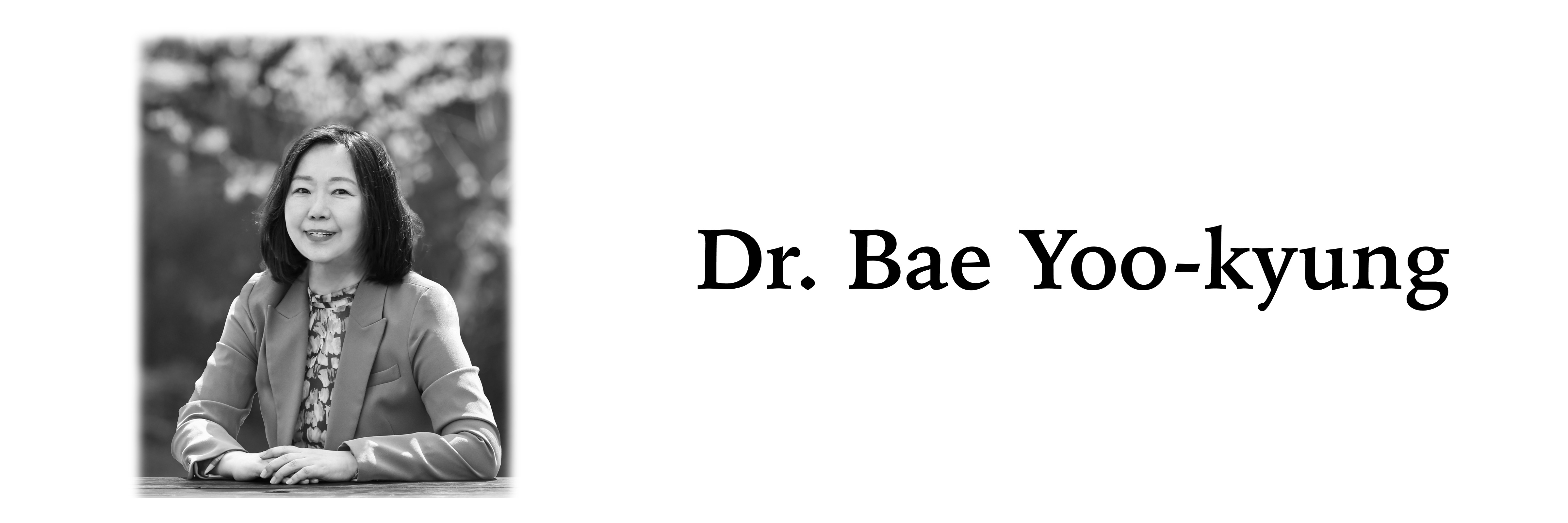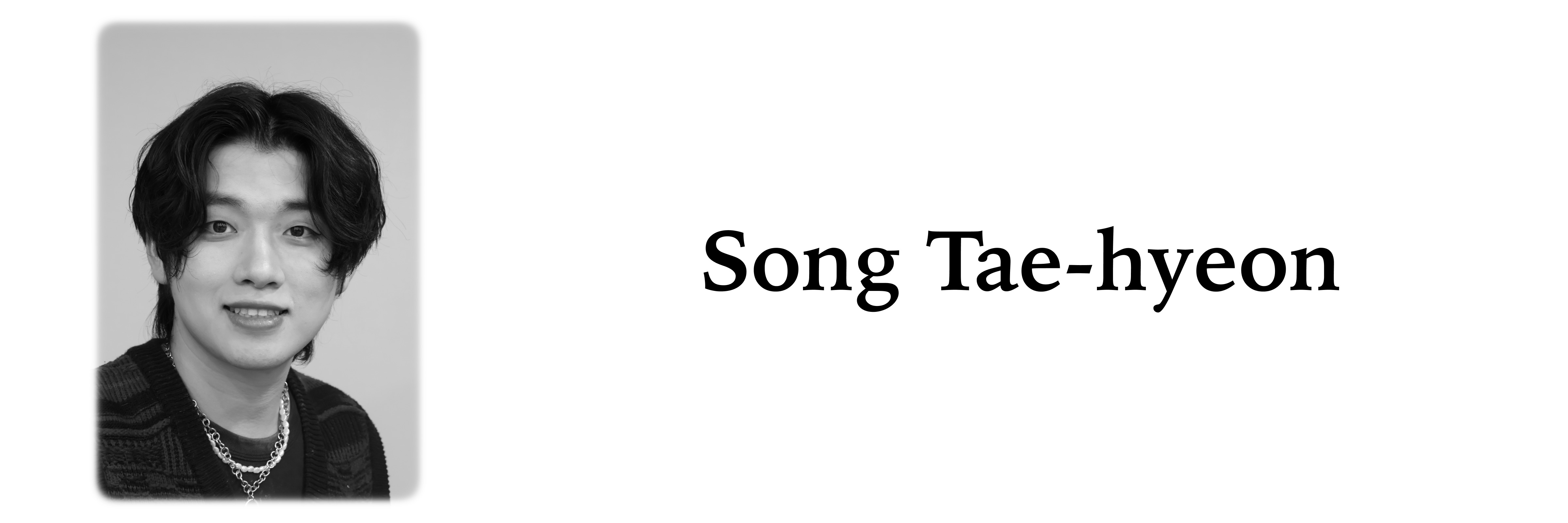
[83rd Edition] Letter from the Editor
Dear readers,The passing of The SNU Quill’s twentieth anniversary marks a significant milestone—one that prompts us to pause, step back, and reflect. Not only on the two decades behind us, but on the ways in which the past lingers, echoing into the present. It feels like just yesterday that I joined Quill as a sophomore, unsure of who I was and feeling adrift in the vastness of Seoul National University. Here, in writing and the company of like-minded peers, I found my anchor. And over the years, I came to recognize that this magazine is not merely a publication but a resonant space—where the insights of past contributors are carried forward by those in the present, where my own once-scattered sense of belonging found form in continuity. Quill’s evolution, however, is not so much a neat, linear narrative that coincides with the march of time. It has been shaped and reshaped, tested and renewed. You have witnessed us venture into the digital sphere, experiment with new mediums of expression, and refine our existing foundations. Some of these efforts proved fleeting, others more lasting. Yet, all arose from a common striving to ensure our voices are heard amid the dizzying currents of a changing world. And through it all, one constant has endured: our commitment to long-form writing. Though we have dabbled in lighter, bite-sized pieces, it is our more extensive, contemplative analyses that sit at the heart of Quill’s identity. In a culture that too readily celebrates brevity and the easily digestible, we remain steadfast. And we sincerely hope that you, our readers, perceive this as more than a stylistic preference—it is a stance: a deliberate embrace of the slower, more careful act of dwelling with complexity and nuance, capturing what might otherwise slip quietly past us. This, in other words, is a resistance of the ephemeral and an insistence that meaning resonates most in what endures. So from this spirit emerges the guiding theme of our 83rd edition: resonance. Resonance implores us—and you, our readers—to consider how ideas and experiences reverberate across space and time. How do they leave imprints that shape us long after the initial moment has passed? In what ways does history inform our present reality and extend into the future? These ripples move across personal, cultural, and political boundaries, laying bare what is most profoundly human and universal. Thus, as you journey through this edition, you will feel these reverberations in many forms. In the pages of SNU Society, we encounter pressing issues that echo through student life: the scarcity of communal spaces where students can dwell between classes, eroding belonging and opportunities to flourish; the overlooked struggles of international students, invited in the name of globalization yet too often left to fend for themselves; and the arduous trek up Gwanaksan, a mirror of students’ ceaseless academic climb. In Features, where our gaze stretches beyond the bounds of the university, resonance deepens. At the intersection of culture and technology, we examine the paralyzing, voyeuristic specter of molka, a phenomenon that has haunted Korean society for as long as memory serves. We trace the gradual rollout of autonomous vehicles onto Korea’s expansive, metropolitan roads, contrasting its slow adoption with the bolder strides of China and the U. S. And we reflect on the phenomenon of “quiet quitting,” a direct response to toxic, hierarchical workplace culture and disillusionment that finds localized renditions across the globe. Further cultural anxieties are dissected in Arts & Culture: the evolution of the Lion King universe, and the insidious implications of what has been added in and conveniently left out; the morbid entanglement of body horror and body fantasy; and the bubbling tensions between the thorny complexities of adolescence and the emerging manosphere. None of these issues exist in a vacuum, nor have they sprung without origin. Rather, they have extensive histories and contexts from which ongoing dialogue grows—always living, breathing, and expanding. Their significance will persist long after the ink dries, long after the page is turned. And so I beckon to you, our dear readers, to not only witness our stories but to sit with them, ponder them, and carry forward their resonance into conversations yet to come. Sincerely yours,Lee Hee Seo








